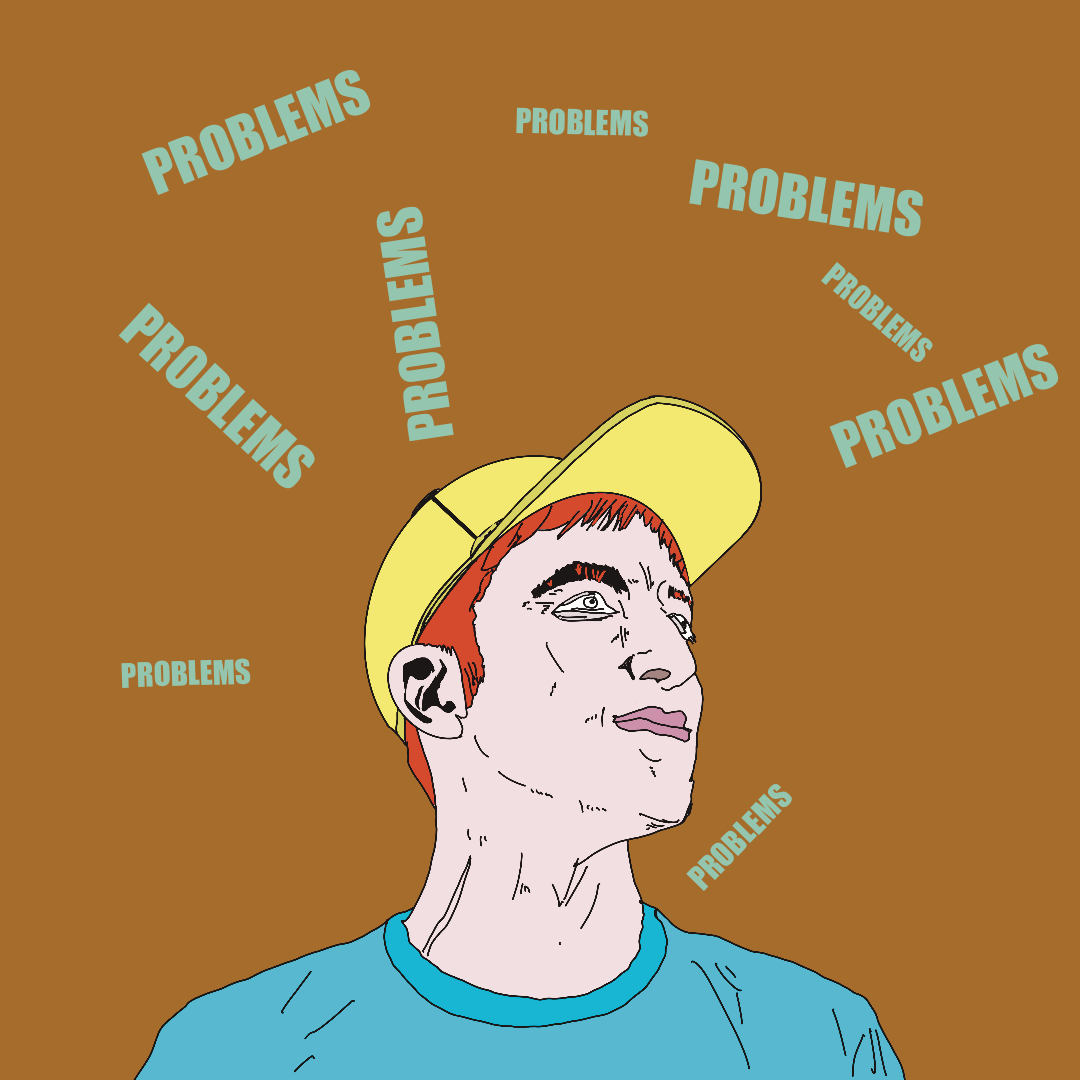There’s a general systems thinking idea that states :
“If people are part of the problem, then they are also part of the solution”.
It’s true.
The answer to many problems, as I tell so many managers, is right in front of them.
It just needs managers and leaders to look at the problems differently, and this is the hard part.
It’s not uncommon for managers to rely on external solutions such as contractors, change “specialists”, shiny tooling – anything so long as it promises to solve the problems this team cannot solve. But it rarely works.
- Why do tech solutions rarely solve problems?
- Why do change programs fail so much?
- Why do companies keep spending on consultants who aren’t solving problems?
Because leaders and managers are not looking within, or they are avoiding what they see when they do look.
Solving problems often means looking at them differently. Here are some exercises I use with leaders and managers, you may find them useful, entertaining or interesting.
Draw a circle around yourself and look for problems there first
This exercise usually results in my contract being terminated.
But it’s the first exercise to use. It’s a powerful and useful way to solve problems.
Many problems in business are caused, in some way, by leaders and managers. All problems belong to leaders and managers too, whether they actually played a part in creating them in the first place.
This is a tough exercise. It takes a self reflecting leader and manager to own their actions that lead to business problems.
The funny thing is, it’s often the innocent, simple requests that cause the most carnage. That simple report they want on a Wednesday results in everyone fudging numbers. That corridor conversation with someone about a new slide for Monday’s deck results in the team working the weekend.
Leaders and managers should look at themselves and their behaviours first, then follow the consequences of their actions to understand what effect they have on the system of work.
Whether we are managers or not, we can do this powerful exercise.
Is the problem (and potential solution) within our control?
Is what we are wrangling with under our control? Can we do anything about it at all?
You would be surprised how many managers form teams to solve problems that they simply cannot ever solve – because they are outside of their control. In doing so, they often create richer, deeper, hard problems to solve.
Explain the problem to a child
I ask leaders and managers to explain a problem to a child, ideally their own.
When we explain business problems to a child we have to use simple language and clear visuals. We have to explain hard concepts and how the process or problem works.
By doing this exercise we are more likely to understand the problem more deeply, but also potentially stumble across the solution.
Be careful though, seemingly simple solutions often cause the problems of tomorrow, but often, by simplifying a problem we will see the route to the solution.
It’s also weird how when we explain a problem to somebody, we often solve it right there and then.
Come up with many solutions
Many people strive for a single solution; a best practice, a gold standard, an off the shelf framework – but the reality is there are likely many solutions to your company problems.
Instead of trying to look for THE solution, it’s better to search for A solution. There could be many ways to solve the problem, so it’s a good idea to generate as many solutions as possible.
Write down what you’re missing
When we look at problems we often look only at what we can see; the evidence, data, observable stuff. But what about all of the things we cannot see?
It’s a good practice to start jotting down what’s possibly missing.
- What data is missing?
- What data counter balances the data we have?
- Where have we not looked?
- What could we be missing?
- Does this problem match previous problems and did we have access to something else back then?
Sometimes, when we look for what is missing, we get a more complete picture of the problem and sometimes, we find the solution.
What’s the opposite of the problem?
Try jotting down what the opposite of what the problems would be? Would it be utopia or another problem that needs solving?
Sometimes when we see the problems in the opposite way, we realise the problem isn’t so bad, or isn’t so tricky to solve, or isn’t so overwhelming. Sometimes, the solution to the problem (the opposite), may be worse than living with the problem itself.
—-
With all of these ideas, it pays to include as many people who are “part” of the problem as you can in the resolution.
The best ideas ALWAYS come from the very people in the mix of the problem. Often they’ve been shouting about the problem for years and they know how to solve it, but managers rarely listen. That’s why it’s important to draw a circle around the manager or leader and start there.
And of course, these ideas work for own lives too, this same process is how I often come up with new talk ideas, videos and art.




